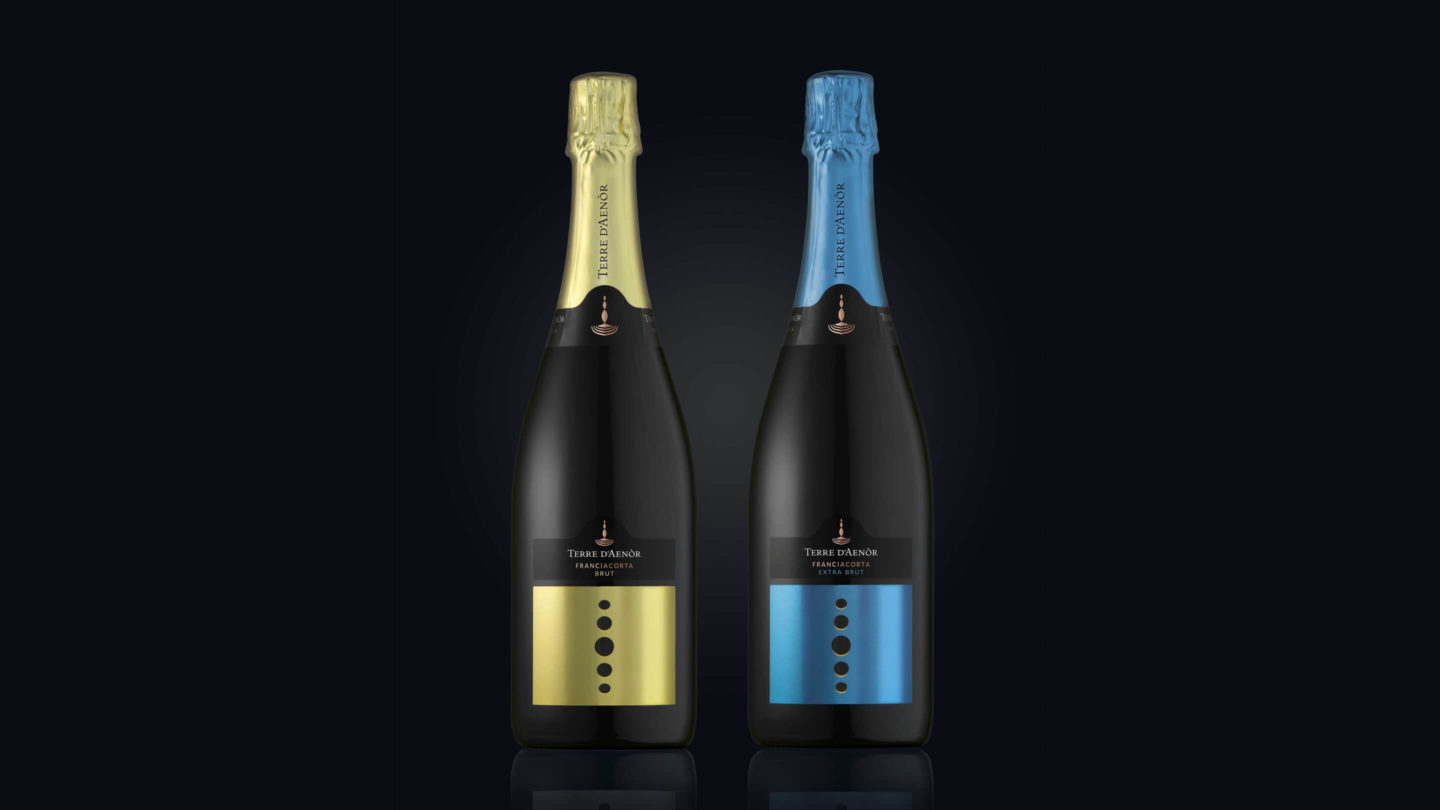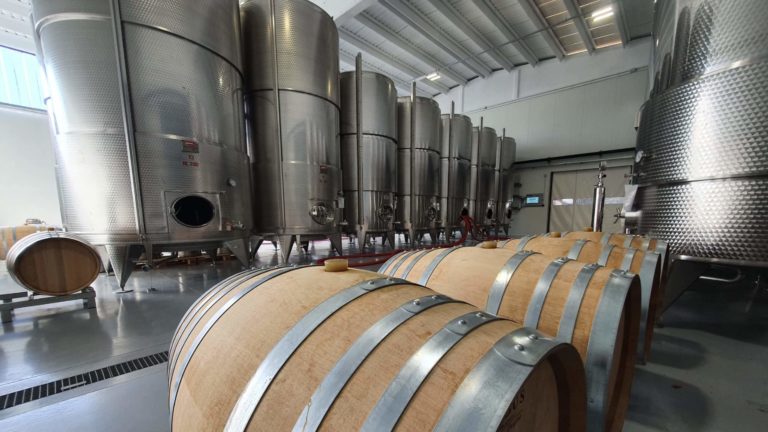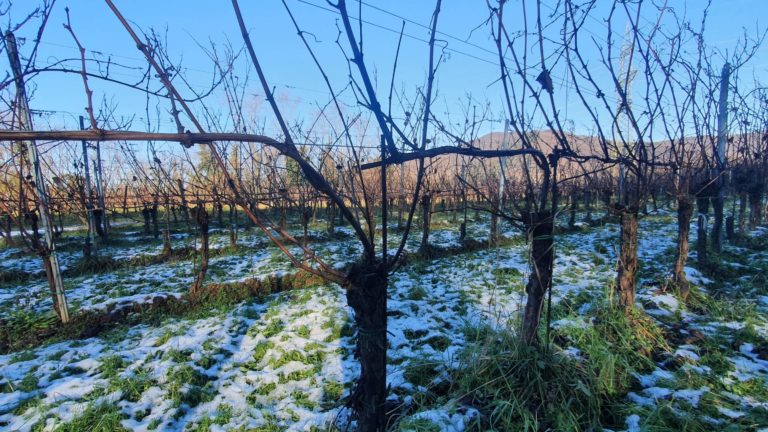Brut and Extra Brut: let’s focus on the residual sugar level
When speaking about Brut and Extra Brut one usually refers to a type of sparkling wine characterized by a precise residual sugar level at the moment of consumption. Extra Brut has a maximum residual sugar level of 6 gr/lt, whilst Brut can reach a maximum of 12 gr/lt. The sugar level is the main analytical difference between Brut and the Extra Brut variant.
Naturally these maximum sugar levels must include both the sugar in the expedition liqueur added at the moment of disgorgement (the phase where the sediment from the second fermentation is eliminated from the bottle) as well as the possible presence of small doses of residual sugar caused during the sometimes delicate and complex second fermentation.
Differences between Brut and Extra Brut during the vinification process
Brut and Extra Brut are two types of wine, each with their own identity and personality, due to the differences in the crucial moment of the vinification process, in other words the “cuvée” preparation stage.
The “cuvée” is the important phase where the oenologist mixes different base wines coming from a variety of different vines that have been cultivated following the organic philosophy. This phase takes place after the base wines have been tasted and evaluated. Consequently the wines to be used are selected considering the quality, analytical, sensory aspects in comparison with the traditional characteristics desired in the Brut and Extra Brut.
Different characteristics, different pairings
Differences in the vinification process naturally lead to two wines which are quite different. On the one hand you have Extra Brut, with its complexity, sapidity and its dry decisive and consistent taste, due to a higher percentage of Pinot Noir, which increases its structure. On the other hand you have Brut, with its creamy and intriguing taste, in a perfect balance.
Extra Brut is excellent for aperitifs based upon complex and tasty fish dishes. Brut is a more versatile wine and as such goes well with all courses.
And now the choice is yours. Do you want to go for the joy of our Brut or do you want to be seduced by our Extra Brut?







